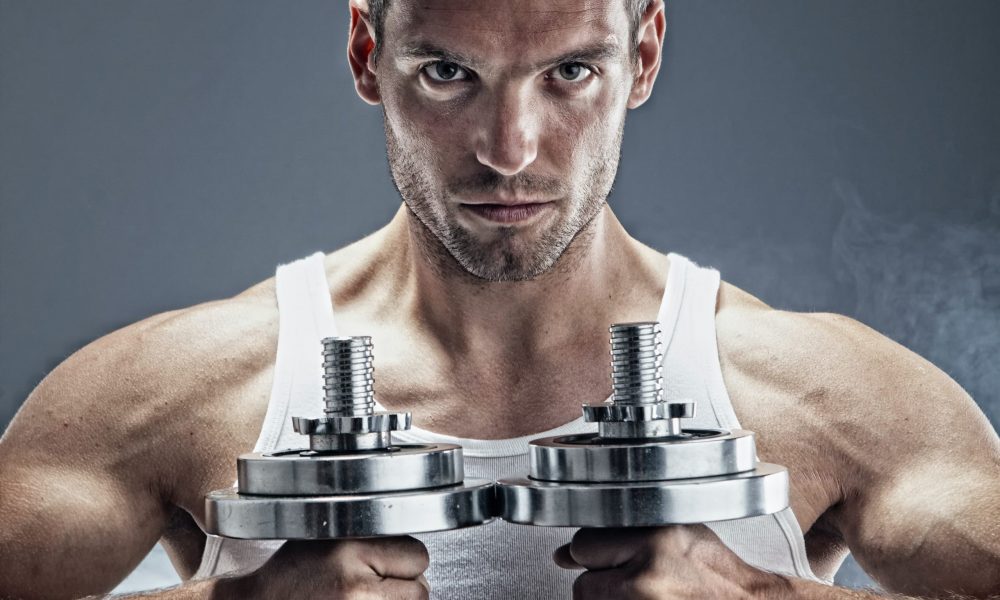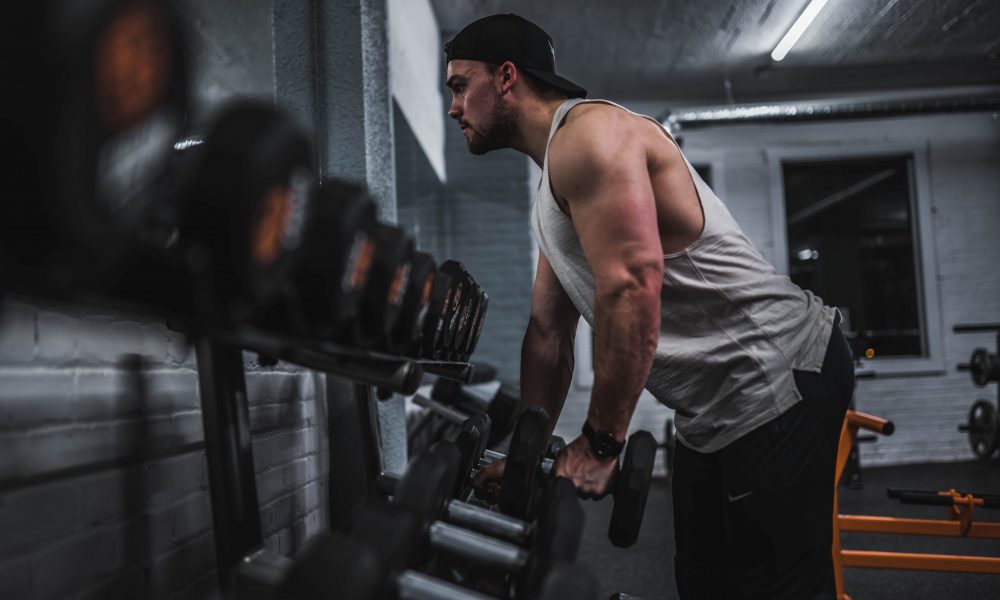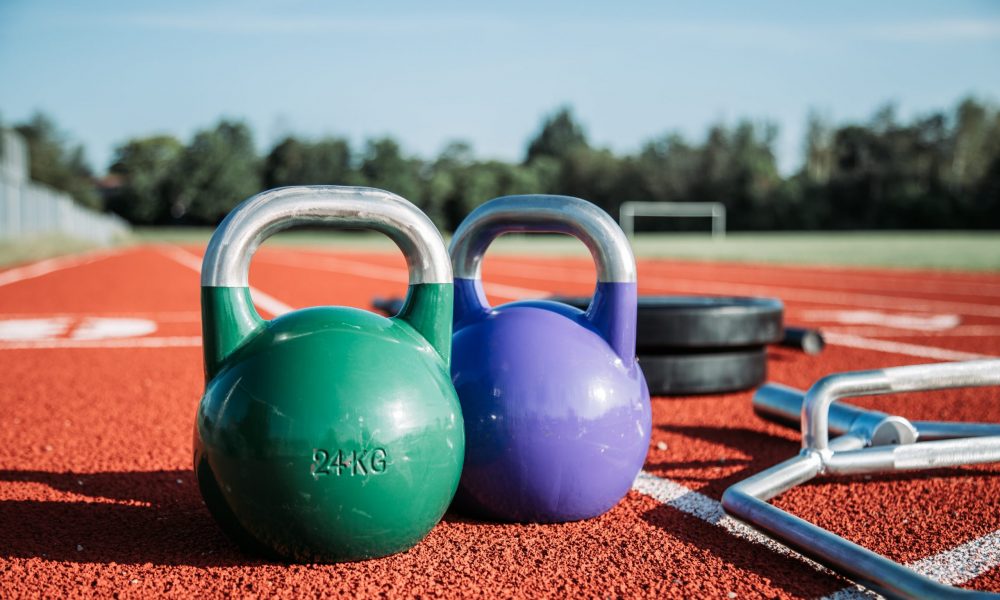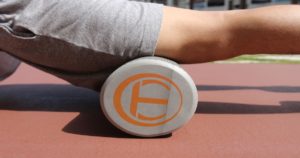
The Comprehensive Guide on How to Build Lean Muscle
We all get to the point where we desire to build slabs of lean eye-popping muscles.

Look, we live in some unsettling times right now. People are dying, supplies are scarce, and unemployment is skyrocketing, but none of that compares to the biggest nightmare nobody thought would happen.
The gym is closed. All of them. Barbells and state of the art machines are out of reach. Even online home gym equipment like adjustable dumbbells are either sold out or costs half your life savings. Not to mention, everything outside of hand sanitizer is taking an eternity to ship.
If you don’t get the hand sanitizer reference or have no clue what I’m speaking of, you’re blessed to be reading this from the future and not during a global pandemic. Still read on as you’ll learn plenty of valuable stuff about muscle loss.
But anyways, without a gym, consequently, your minds start to whisper the most petrifying thoughts to you.
“Your muscles are about to shrink to nothing. Good luck getting likes on your selfies.”
“Your strength is going down the drain. No girl will ever respect you.”
Let me calm your nerves a bit with science.
Objective research will give you the verdict on all things muscle/strength loss and practical tips you can do moving forward, but before we get into that, you need to know how muscle loss works in the first place.
Building muscle comes down to your body creating more muscle proteins than it breaks down. In nerdy science terms, this is called a positive protein balance meaning the level of muscle protein synthesis (MPS) exceeds the level of muscle protein breakdown (MPB).
Muscle loss (atrophy) is essentially the opposite of muscle growth (hypertrophy). As you can predict, this occurs when muscle protein breakdown exceeds muscle protein synthesis. No Bueno.
That being said, your body is constantly experiencing synthesis and breakdown, so the net muscle amount of either growth or loss is determined by which side prevails with more power based on behavior. Think of it like good vs evil. Angels vs Demons. The Avengers vs Thor’s army. You get the idea.
The fastest way to encourage muscle loss is to do nothing and I mean literally nothing. When a muscle doesn’t move at all, let alone lift weights, muscle protein synthesis drops pretty rapidly like in immobile injured limbs (1). In fact, just 1 week of bedrest can cause muscle loss (4).
So the first key takeaway is don’t stay on your couch all day watching Netflix. At the very least, get up between shows to walk and swing your arms. This will prevent substantial muscle loss right off the bat.
Moving on to more exercise related studies, Kubo et al trained 14 untrained men with an oddball training program of isometric leg extensions 4 times per week for 3 months (2). They gained some muscle along with other adaptations. After the initial 3 months, subjects stopped working out completely and lost all gained muscle after 2 months. So for every month of gains they got, it took about 2/3 of the time to lose it.
Now before you start freaking out and having a panic attack, keep in mind, these were beginner subjects were on a poorly designed program of pure isometric training.
Another study in untrained individuals with a better design using actual leg exercises instead of just isometrics found muscle loss to be more of a one to one ratio (7). For every month of muscle built, it takes about 1 month of not lifting to lose. Slightly more assuring if you ask me.
Another study in untrained used more appropriate volume/frequency for beginner lifters found 2 weeks of muscle thickness was lost after 3 weeks of not training (6). So we can start to see a trend that the more optimal your training program is, the slower and lower your chances of muscle loss when you stop.
Following that trend, trained lifters seem to be more resistant to muscle lost thanks to years of strength training already preventing it.
The only study on trained males found 2 weeks off of training resulted in 0 muscle loss (8). On a side note, this study also found 25 grams extra supplementation of either protein or carbs didn’t affect muscle retention or lifting performance. This supports 2 unpopular nutrition claims I’ve talked about before:

But anyways, another related systematic review found strength decreases in trained Rugby players after about 3-5 weeks (24). Strength is decent proxy for muscle, so this will help us predict muscle loss timeframes later.
So far, it’s only been male studies because female studies are often underrepresented.
Fortunately, I was able to find one from 1991 that was quite interesting.
Staron et al took trained and untrained women and had them not lift for 30-32 weeks (9). That’s 8 months of not even touching a dumbbell, long enough to make any meathead bro go mad. Interestingly, on average, the women only lost about half a pound of muscle. This amazing rate of muscle retention is likely attributed to female physiology. Women breakdown and metabolize less protein than men (10,11).
While I don’t recommend inactivity, these results also suggest a trained woman could take a break from lifting during her entire pregnancy without losing any muscle assuming adequate nutrition. Pretty relieving news for many.
Keep in mind, when studies measure muscle size and muscle loss, glycogen (stored sugar bound to water within muscles) is registered as muscle size.
This is terrific news because not lifting causes glycogen loss, so when studies show any muscle loss, a portion of that is just glycogen and water loss (12,13). This is why, you may think you got smaller from not lifting, but really, most of it is just glycogen loss.
Once you start lifting again, your muscles will look full again by increasing it’s glycogen and hydration status (14).
So if we consider the confounding factor of glycogen, actual muscle size loss is relatively minimal. So assuming you maintain a good lifestyle, but just so happen to stop strength training completely, the following general duration estimates can be made before muscle loss occurs:
So as you see, muscle loss doesn’t just happen overnight, but even if you’ve lost some muscle, that might not even matter long term because when you return to lifting, you build muscle faster.
Ogasawara et al took untrained men and compared a group of continual training to a group of periodic training for 6 months (3). The continual group trained for 6 months straight whereas the periodic training group took 3 weeks off every 6 weeks. By the end of the study, both groups gained the same amount of muscle. Each time, the periodic group would take their 3 weeks off, they lost muscle, but grew muscle faster upon returning.
This is partly from a rapid replenishment of glycogen filling up the muscles upon returning to lifting, but this is only a small contribution (5), so the results are mostly from re-sensitization. In other words, you might lose some gains if you stop lifting completely, but when you return to lifting, you’ll build back that lost muscle faster because you’re sensitive to the muscle building signal again.
Furthermore, muscle memory might help you gain back lost muscle as well. When muscle fibers shrink, your muscles get smaller, but what remains are myonuclei which are the muscle command centers (15). They essentially provide the framework for your muscles, so you can re-establish former size faster. That being said, muscle memory is still an ambiguous concept (16).
So this is all good news, but this is not encouragement to stop training completely. It’s always better to keep training if you’re able to.
Another study by Ogasawara et al compared untrained men training for 15 weeks straight vs another group taking a 3-week break in the middle (17).
Muscle growth was similar between groups, but the continual training group had clearly better effect sizes for both muscle and strength progress. Remember, this study looked at untrained lifters, so advanced lifters who won’t be losing muscle might not have the same resensitization effect and therefore, less incentive to intentionally take breaks.
So while it’s not the end of the world if you happen to stop lifting for a few weeks, it’s always better to continue lifting as planned, especially if you’re an advanced trainee.

During a pandemic, you’ve lost access to a gym. However, Maintaining size is very much possible, you just have to get creative.
To keep MPS high enough to prevent MPB from taking over, you need to provide sufficient mechanical tension. Many people will misunderstand this and think they are doomed because they can’t lift heavy or use their favorite machines.
If you think that, then you don’t understand mechanical tension. Mechanical tension is not the load you see, mechanical tension is the force your muscles experience. In fact, your chest and shoulders have no clue how much weight you typically slap on the barbell. It just knows and registers tension.
Weight is simply a tool to apply tension. With less weight and equipment at home, you’ll be forced to do higher reps, but that’s ok because high reps stimulate the same muscle growth as long as you push to the same intensity (18), although they are more painful (19,20).
And don’t forget to progress your workouts as well. Without progression, everything will eventually become too easy and thus not stimulate any MPS. So bodyweight squats for sets of 50 this week should turn into sets of 60 next week or sets of 50 while holding your dog. Like I said, get creative.
Will using random items as weights be inconvenient to setup and require some thinking? Sure, but it’s better than coming out of a pandemic as the guy who no longer looks jacked.
In fact, direct research on this finds that if you stop exercising, your body favors fat gain and without activity, health markers plummet during lockdown (25,26). Something is always better than nothing.
I see a lot of coaches encourage their followers to maintain size and strength, but if you own some equipment like dumbbells and bands, there’s no reason you should settle for maintenance when progress is possible.
Your workouts might be more limited in terms of exercise selection, but you have more than enough to push for further stimulation. Increase your training frequency, do more volume, use your spouse as a weight, and keep adding more reps if you have to.
Set volume doesn’t even need to be high to make progress, so if you’re worried you need a massive amount of stimulation for progress, here’s some research to reassure you:
The gym is the most ideal environment for maximal progress and we all undoubtedly miss it, but here are the key points that you should grasp to understand muscle loss and to make the most of training at home.
Del Vecchio, Fabrício Boscolo, et al. “Effects of Exercise Cessation on Adipose Tissue Physiological Markers Related to Fat Regain: A Systematic Review.” SAGE Open Medicine, SAGE Publications, 1 July 2020, www.ncbi.nlm.nih.gov/pmc/articles/PMC7331762/.
Kirwan, Richard, et al. “Sarcopenia during COVID-19 Lockdown Restrictions: Long-Term Health Effects of Short-Term Muscle Loss.” GeroScience, Springer International Publishing, 1 Oct. 2020, www.ncbi.nlm.nih.gov/pmc/articles/PMC7528158/.
Grab my free Stupid Simple Scroll to Mastering Hypertrophy

We all get to the point where we desire to build slabs of lean eye-popping muscles.

Foam rolling is one of the most controversial topics within the fitness space. Many trainers and massage therapists hold religiously passionate stances for or against foam rolling.

Refeeds are essentially mini diet breaks. However, instead of going to maintenance for weeks at a time, refeeds only last days. Some people also take refeeds into a surplus.